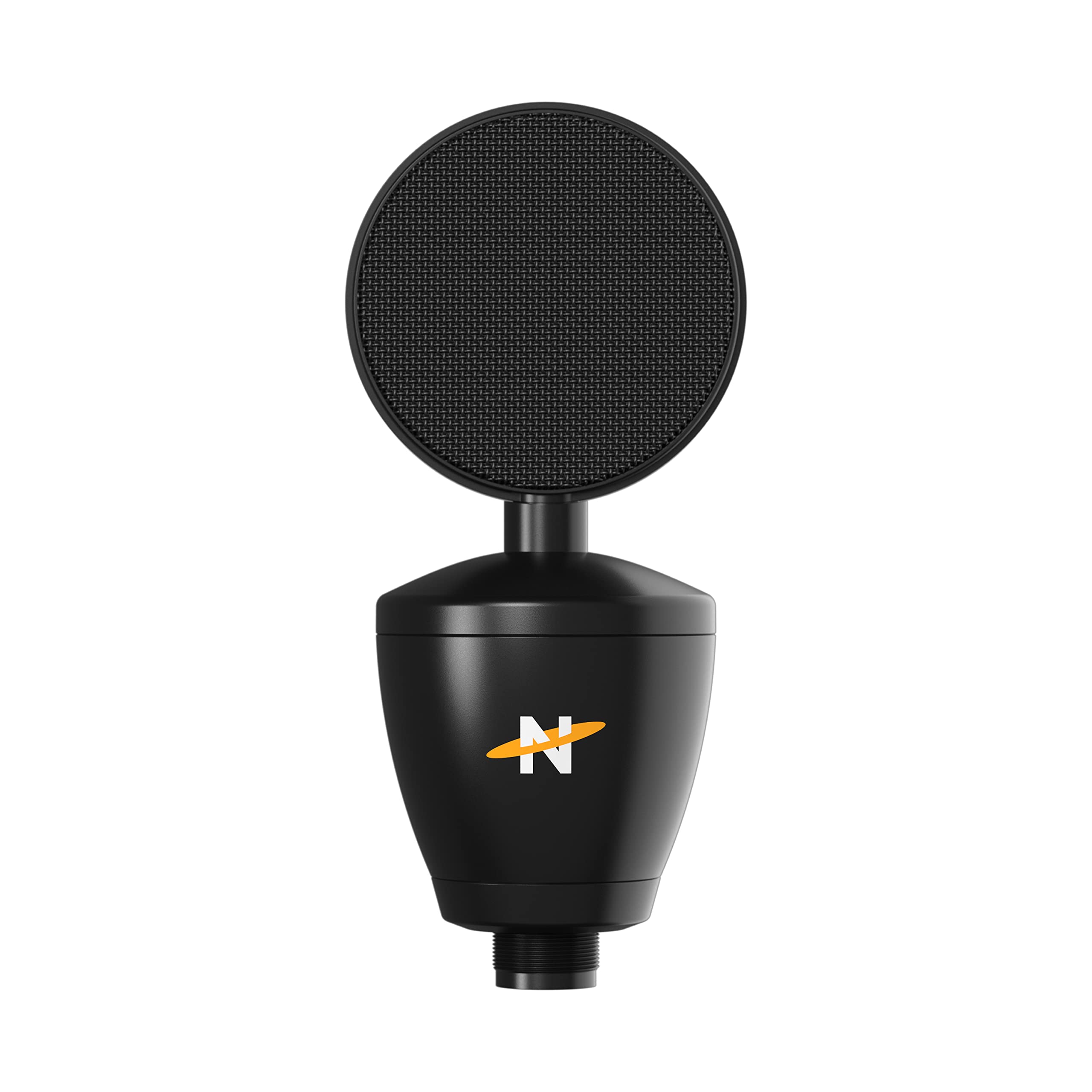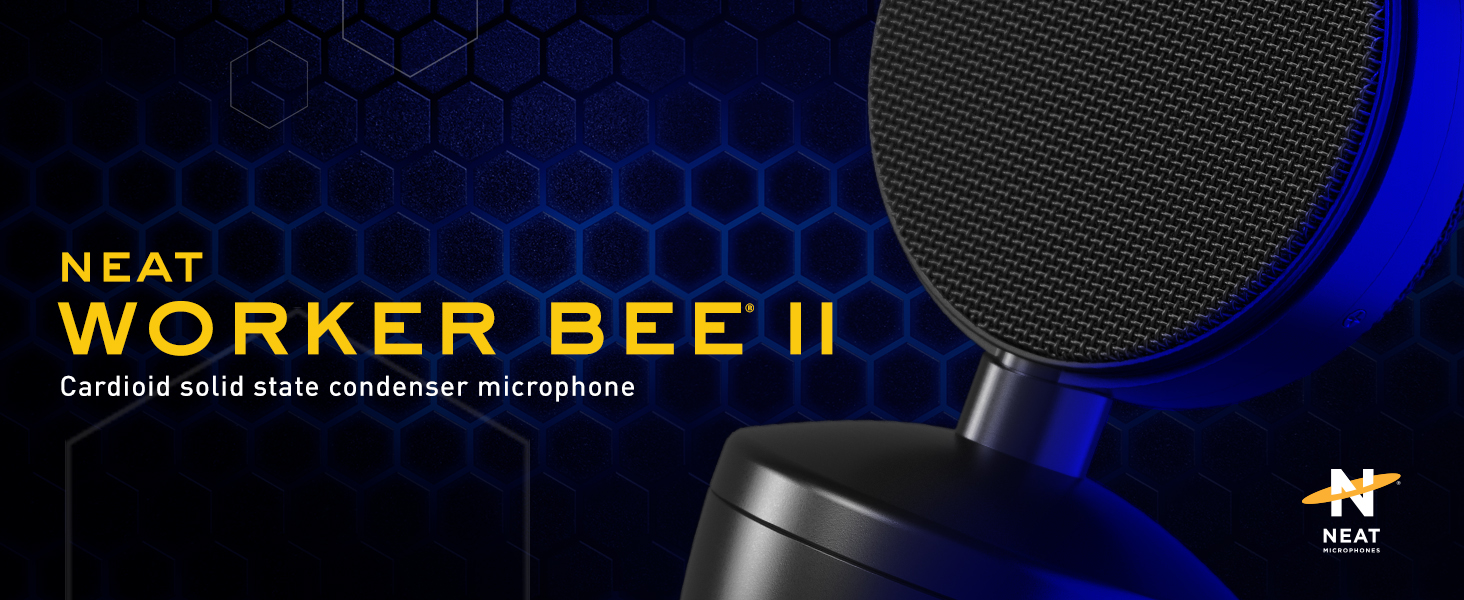Customer Services





🎧 Elevate your sound game—because your voice deserves the spotlight!
The NEAT Worker Bee II is a versatile cardioid condenser microphone featuring a proprietary 25mm medium diaphragm capsule with an internal shock mount, delivering detailed, natural sound ideal for vocals, instruments, streaming, and gaming. Equipped with Class-A discrete electronics and balanced XLR output, it ensures professional-grade audio quality and noise-free connectivity, backed by a 2-year warranty.




| Power Source | Corded Electric |
| Signal-to-Noise Ratio | 76 dB |
| Hardware Platform | Television |
| Number of Channels | 1 |
| Polar Pattern | Unidirectional |
| Impedance | 50 Ohm |
| Microphone Form Factor | Diaphragm |
| Connectivity Technology | XLR |
| Connector Type | XLR |
| Special Features | Stand |
| Compatible Devices | Personal Computer, Laptop, Amplifier |
| Item Weight | 1.68 Pounds |
| Item Dimensions | 10.24 x 5.12 x 5.12 inches |
| Material Type | Plastic, Metal |
| Color | Black |
Trustpilot
1 month ago
2 days ago